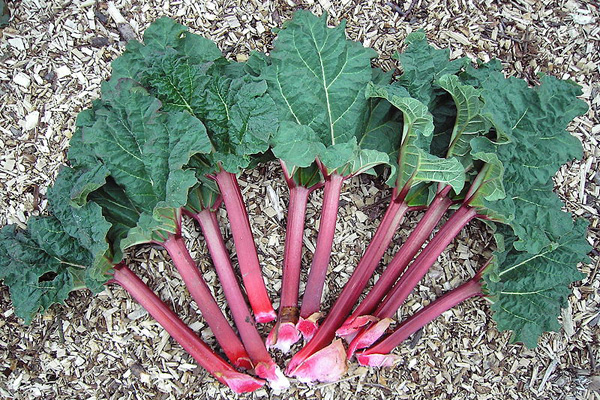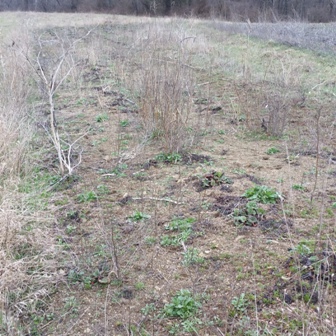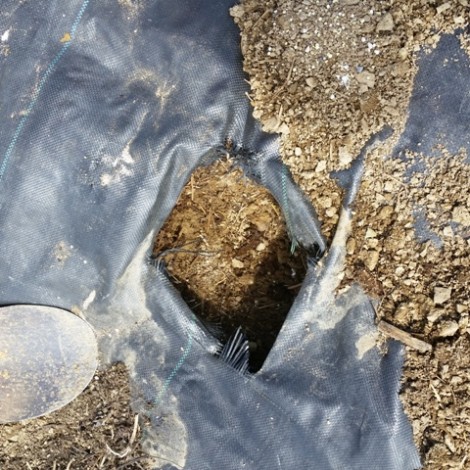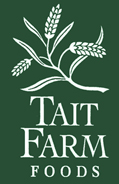-

Erin Donahue -

Christina Barkanic -

Brittany Trott -

Emily Wiley -

Jessica Reilley -

Chris Raines -

Will Nichols -

Emily Reddy -

Michele Marchetti -

Michele Frank -

James Gherardi -

Kit Henshaw -

Christina and Erin -

Kim Tait -

Erin McKinney -

Steve Spanelli -

Sam Komlenic -

Katherine Taylor Grofic -

James Eisenstein -

Jamie Oberdick -

Anna Lombardo -

LacCreta Holland -

Tony Ricci -

Local Food Journey -

Laura Young -

Kristin Camplese -

Harrison's Fresh + Local -

Danielle Matalonis -

Kristine A. -

Linda Weaver -

Naomi Elle Schwartz -

Dana Stuchul -

Cara McShane -

Brittany Smith -

Jessica Illuzzi - Frosty
-

Jessica Paholsky -

James Sechrengost -

Brad Yeckley -

Maya Althouse -

Jordan Reabold -

Kim Chase -

Maria Bryant - Alexandrea Scott
Some of what you need to know about rhubarb but didn’t think to ask
Posted by James Eisenstein on 05/10, 2017 at 07:44 AM

When I was just a lad, I arranged a field trip for my environmental politics class to visit Tait Farm. I’ll never forget one young lass’s amazement upon learning that carrots do not appear magically at the supermarket, the product of spontaneous generation in a cellophane bag. She learned that they grow in the ground! You can even pull them up, brush off the soil, and eat them.
So it’s no wonder I am curious about how much some of our farmers market customers know about where rhubarb comes from. Obviously, it must be from our farm, and it sure looks like a stalk. What might not be so clear is what goes into growing it. So I’ll show you thanks to the magic of pictures.
For starters, Mrs. Wikipedia says rhubarb (known as Rheum rhabarbarum by fine chefs everywhere) belongs to the Polygonacae family, is a perennial, grows from rhizomes, while officially herbaceous is considered a fruit, and is tart.
Like everything growing on Jade Family farm, rhubarb has an uncanny ability to invite weeds to come join it, which they do in great number and proceed to steal its nutrients and crowd it out. This can be seen by this view of our main rhubarb patch before yours truly, the unpaid field hand, obeyed field commander John to fix it. If you look closely, you will see the tall stalks of the dreaded poke weed.

Main rhubarb patch in March before weeding
It especially likes to grow right next to the crowns of rhubarb plants. They are great fun to dig out, and a source of joy when they grow back from the remnants of the roots you don’t dig out.
After several minutes, I removed the weeds, including Mr. Pokey, and hoed the whole bed with almost no effort. That’s because Field Commander convinced my grandson Matthew to do it for me. Readers with keen eyesight and a better memory than mine can compare the nearly finished bed a couple of weeks later with the first picture.

Main patch after weeding in early April
Matthew also applied an organic fertilizer (rhubarb, like 18 year old Matthew, is a heavy feeder). We aren’t quite finished because we still need to mulch it heavily if we can find mulch that isn’t full of weed seed (no luck so far). Mulching does seem to slow weeds’ reappearance, but not for long enough.
With a little luck and some rain, the plants pictured above will grow so the stalks are about 18 inches long. We remove the stalks by inserting a thumb and wiggling to release it (till you sprain your thumb), cut off the leaves (toxic to humans), weigh and bunch them, and take them to market.
People seem to like it, so we planted another big patch last spring, some of it in black ground cover designed to thwart the weeds. It didn’t turn out so well. About half didn’t make it, and the weeds knew it. So the next task was to rescue the plants that survived from where we ran out of ground cover and transplant them into the ground cover where a plant died. This involves find a surviving rhubarb plant, digging it up, and transplanting it into the empty spot. This makes perfect business sense as long as the chap doing this work isn’t paid.
The pictures below document the process, but fail to capture the tired muscles that result.

Preparing to replace dead plant

Surviving rhubarb in weedy patch

Rhubarb ready to transplant
So the next time you pick up a bunch of rhubarb, hopefully produced by one of our fine local sustainable growers at a local farmers market, you’ll have some idea of what goes into growing it.
![]() Author: James Eisenstein
Author: James Eisenstein
Bio: Unpaid Field Hand at Jade Family Farm | Former Penn State Professor
- Our Local Food Journey comes to an end
- Winter isn’t a quiet time at the farm
- Get the taste of garden season right now by growing herbs indoors
- All you need to know about PASA’s Farming for the Future conference









NO COMMENTS